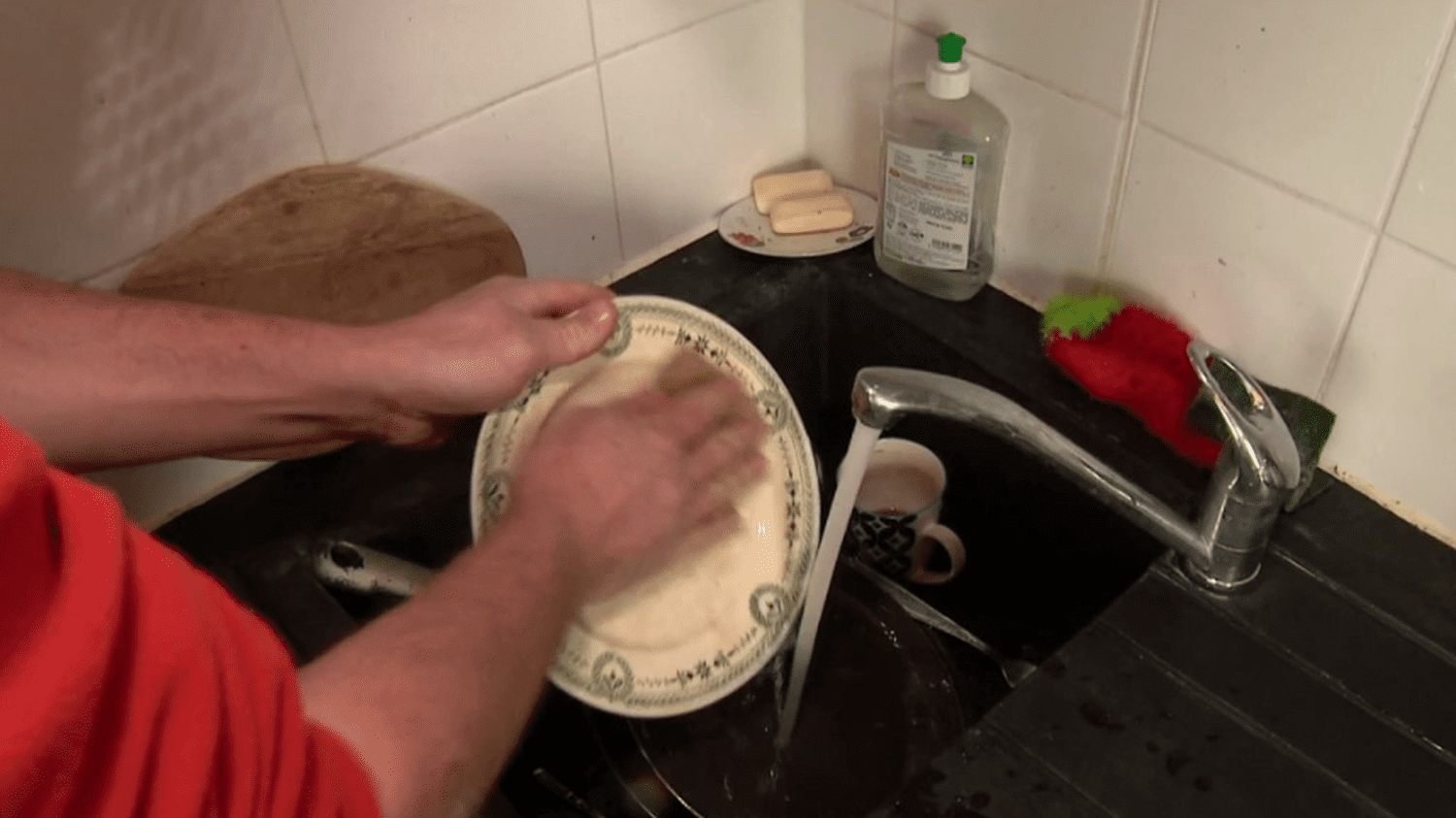Published
Update
Video length: 2 min.
Article written by

According to a report by ANSES, the National Health Security Agency, a third of the water distributed contains significant traces of residues of chlorothalonil, a pesticide banned since 2020 because it is potentially carcinogenic.
Chlorothalonil was a pesticide used for 50 years, before being banned in 2020 in France because it was probably carcinogenic. But micropollutants from its degradation are still present in the water. The national health security agency estimates that at least 34% of the water distributed does not comply with the regulations. A figure undoubtedly underestimated with a much higher level in agricultural regions. “This molecule worries us because in the water, we must not have pesticide residues (…), pesticides pose a public health problem”says Mickaël Derangeon, vice-president of Atlantic’Eau.
Hard to get rid of
Studies are lacking on the dangerousness of molecules and their persistence in water. But a quality limit has been set. However, it is difficult to get rid of it. It would be expensive for communities and water authorities. Expensive and imperfect, depollution technologies are also very energy intensive.
